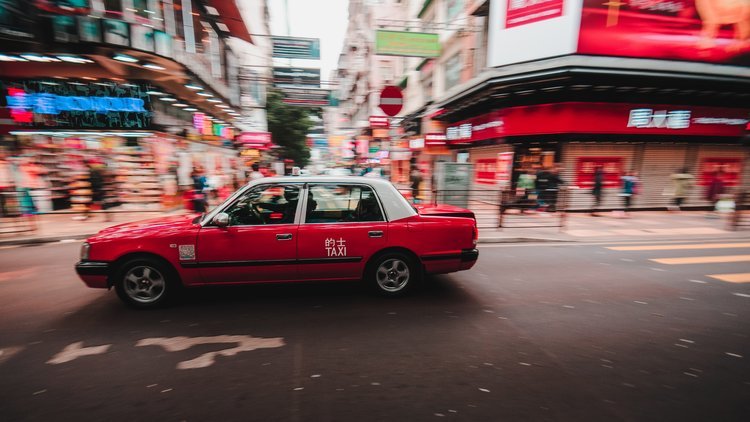Choosing better stock photography
Stock imagery is incredibly useful. It can be a cheap and effective way to add visuals to marketing materials, pitch or website. This can also be the downside - the photos are so readily available and can be so generic that we see the same images over and over again.
There are a few things to consider before you start searching.
What’s your message? Make sure you have a clear message that you want to get across with your image. It might also be a good idea to take note of some common visual cliches to avoid. Your audience has seen them a million times so there will be nothing new for them to see or make your message, product or service stand out.
Who’s your audience? Considering your audience for a presentation or any marketing material is essential. What age demographic are they? Are they working in a traditional established business or a trendy start-up? Different images will appeal to different audiences, so it’s important to know who you are speaking to.
Is there a budget? Searching on Getty, Shutterstock or iStock will cost you but you will have access to photos that have been through stricter checks and clearer licensing rules. If you are unsure about laws around image licensing then this is probably an easier option to stay safe.
So now that we have our search criteria clear, what kind of images are we looking for?
Credible and Authentic
You should look for images that are credible and authentic. An authentic image is one that looks natural in your presentation and may not even look like a stock image. It’s important that images reflect reality, so breaking the fourth wall with a smile or a thumbs up won’t look natural or real. For example, if you need to talk about technology or digital, don’t just default to a phone in anyone’s hand. Think about that audience from the beginning of this exercise.
Photo by Alessandro Vallainc on Unsplash
Environment and Details
Pay attention to hair, clothes and the environment. They can quickly date an image or place it somewhere else in the world. Look at this simple example of two different taxis. One in New York, the other in Hong Kong. Be specific for your market and audience and be aware of cultural differences.
Photo by Fabien Bazanegue on Unsplash
Photo by Andrew Haimerl on Unsplash
Distinct and Meaningful
Finally, choose images that connect and resonate with your audience. Your photos should look like the world we live in. Make sure you are representing the diversity of communities and think beyond stereotypes.
Photo by Lubomirkin on Unsplash
Photo by Samantha Gades on Unsplash
Some useful free stock websites
Contact us at Cova for more advice around your photography and sourcing the perfect image.






